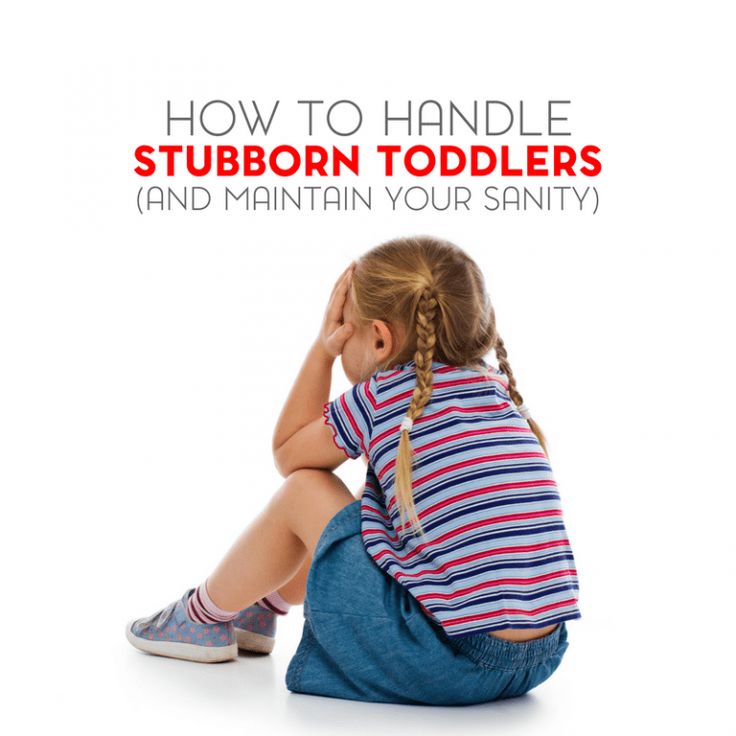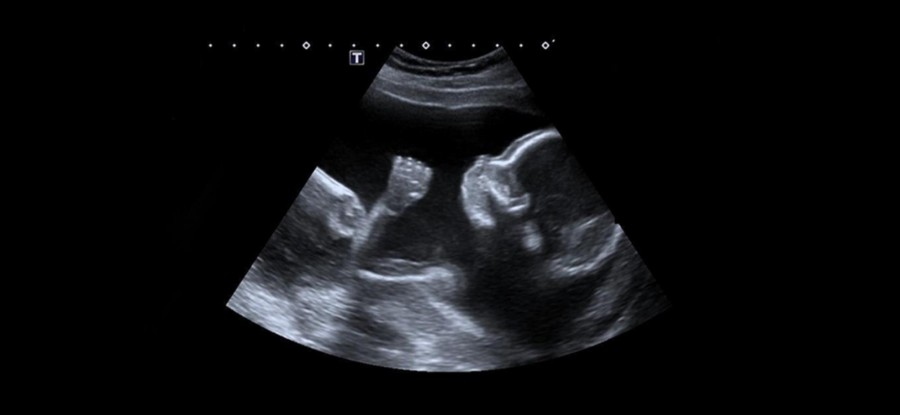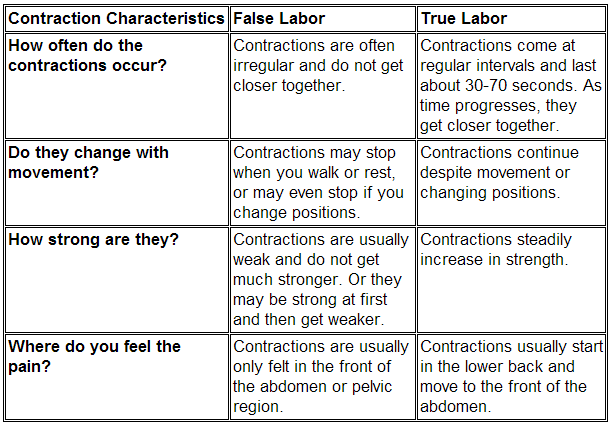Eye infection in infants
Eye Infections in Infants & Children
Log in | Register
Health Issues
Health Issues
Listen
Español
Text Size
If the white of your child's eye and the inside of his lower lid become red, he probably has a condition called conjunctivitis. Also known as pinkeye, this inflammation, which can be painful and itchy, usually signals an infection, but may be due to other causes, such as an irritation, an allergic reaction, or (rarely) a more serious condition. It's often accompanied by tearing and discharge, which is the body's way of trying to heal or remedy the situation.
If your child has a red eye, he needs to see the pediatrician as soon as possible. Eye infections typically last seven to ten days. The doctor will make the diagnosis and prescribe necessary medication if it is indicated.
Never put previously opened medication or someone else's eye medication into your child's eye. It could cause serious damage.
In a newborn baby:
Serious eye infections may result from exposure to bacteria during passage through the birth canal—which is why all infants are treated with antibiotic eye ointment or drops in the delivery room. Such infections must be treated early to prevent serious complications.
Eye infections that occur after the newborn period:
These infections may be unsightly, because of the redness of the eye and the yellow discharge that usually accompanies them, and they may make your child uncomfortable, but they are rarely serious. Several different viruses, or bacteria, may cause them. If your pediatrician feels the problem is caused by bacteria, antibiotic eye drops are the usual treatment. Conjunctivitis caused by viruses should not be treated with antibiotics.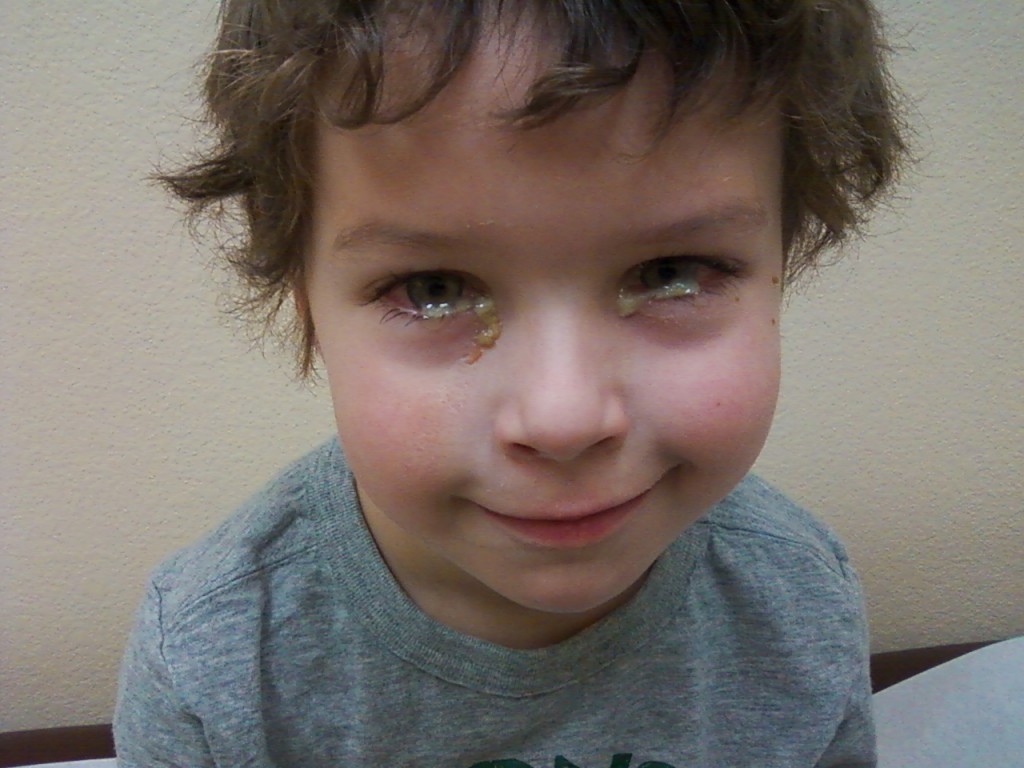
Eye infections are very contagious!
Except to administer drops or ointment, you should avoid direct contact with your child's eyes or drainage from them until the medication has been used for several days and there is evidence of clearing of the redness. Carefully wash your hands before and after touching the area around the infected eye. See How to Give Eye Drops and Eye Ointment.
Additional Information:
- Pinkeye (Conjunctivitis)
- Children & Contact Lenses: Tips for Parents
- Sties
- Eyelid Problems
- Last Updated
- 2/2/2016
- Source
- Caring for Your Baby and Young Child: Birth to Age 5, 6th Edition (Copyright © 2015 American Academy of Pediatrics)
The information contained on this Web site should not be used as a substitute for the medical care and advice of your pediatrician.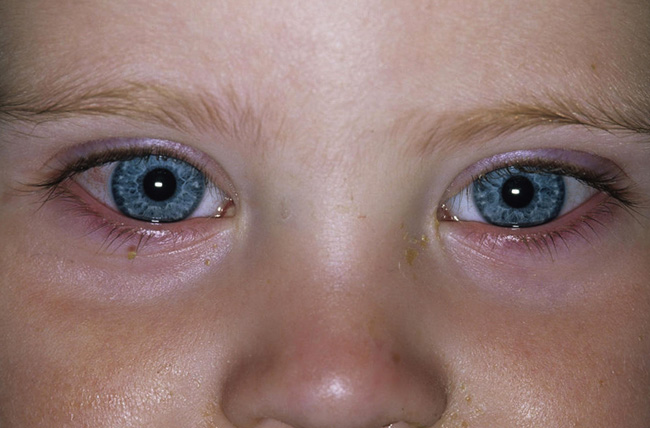 There may be variations in treatment that your pediatrician may recommend based on individual facts and circumstances.
There may be variations in treatment that your pediatrician may recommend based on individual facts and circumstances.
Pink Eye (Conjunctivitis) in Newborns
Newborns with symptoms of conjunctivitis (pink eye) should see a doctor right away.
Neonatal conjunctivitis is a red eye in a newborn caused by infection, irritation, or a blocked tear duct. When caused by an infection, neonatal conjunctivitis can be very serious.
Symptoms and Causes of Conjunctivitis in Newborns
Newborns with conjunctivitis develop drainage from the eyes within a few days to several weeks after birth. Their eyelids become puffy, red, and tender. The cause of neonatal conjunctivitis is often difficult to determine because, in many instances, the symptoms don’t vary by cause.
Conjunctivitis in a newborn may be caused by a blocked tear duct, irritation produced by the topical antimicrobials given at birth, or infection with a virus or bacterium passed from the mother to her baby during childbirth. Even mothers without symptoms (asymptomatic) at the time of delivery can carry and pass bacteria or viruses to babies during birth.
Even mothers without symptoms (asymptomatic) at the time of delivery can carry and pass bacteria or viruses to babies during birth.
The most common types of neonatal conjunctivitis include the following:
- Inclusion (chlamydial) conjunctivitis
Chlamydia trachomatis can cause inclusion conjunctivitis and genital infections (chlamydia). A woman with untreated chlamydia can pass the bacteria to her baby during childbirth. Symptoms of inclusion conjunctivitis include redness of the eye(s), swelling of the eyelids, and discharge of pus. Symptoms are likely to appear 5 to 12 days after birth. Symptoms can develop earlier if the amniotic sac is ruptured during delivery. Some newborns with chlamydial conjunctivitis can have the infection in other parts of their bodies. The bacteria can infect the lungs and nasopharynx (where the back of the nose connects to the mouth). - Gonococcal conjunctivitis
Neisseria gonorrhoeae can cause gonococcal conjunctivitis, as well as the sexually transmitted infection called gonorrhea.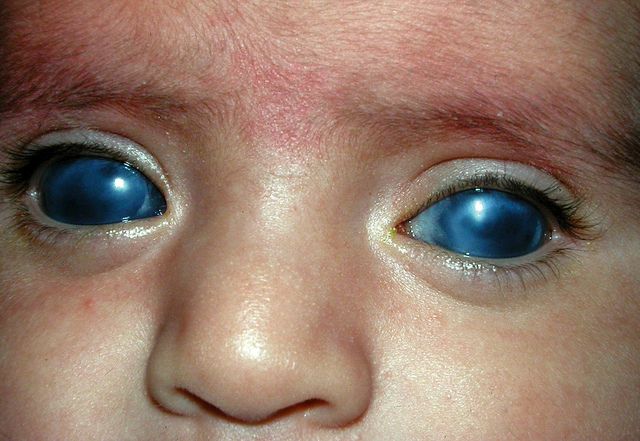 A woman with untreated gonorrhea can pass the bacteria to her baby during childbirth. Symptoms usually include red eyes, thick pus in the eyes, and swelling of the eyelids. This type of conjunctivitis usually begins in the first 2-5 days of life. It can also progress to serious infections of the bloodstream (bacteremia) and lining of the brain and spinal cord (meningitis) in newborns.
A woman with untreated gonorrhea can pass the bacteria to her baby during childbirth. Symptoms usually include red eyes, thick pus in the eyes, and swelling of the eyelids. This type of conjunctivitis usually begins in the first 2-5 days of life. It can also progress to serious infections of the bloodstream (bacteremia) and lining of the brain and spinal cord (meningitis) in newborns. - Chemical conjunctivitis
When eye drops are given to newborns to help prevent a bacterial infection, the newborn’s eye(s) may become irritated. This may be diagnosed as chemical conjunctivitis. Symptoms of chemical conjunctivitis usually include mildly red eye(s) and some swelling of the eyelids. Symptoms are likely to last for only 24 to 36 hours. - Other neonatal conjunctivitis
Viruses and bacteria other than Chlamydia trachomatis and Neisseria gonorrhoeae can cause conjunctivitis. For example, bacteria that normally live in a woman’s vagina and are not sexually transmitted can cause conjunctivitis. Additionally, the viruses that cause genital and oral herpes can cause neonatal conjunctivitis and severe eye damage. The mother may pass such viruses to her baby during childbirth. However, herpes conjunctivitis is less common than conjunctivitis caused by gonorrhea and chlamydia. Symptoms usually include red eye(s) and swollen eyelids with some pus.
Additionally, the viruses that cause genital and oral herpes can cause neonatal conjunctivitis and severe eye damage. The mother may pass such viruses to her baby during childbirth. However, herpes conjunctivitis is less common than conjunctivitis caused by gonorrhea and chlamydia. Symptoms usually include red eye(s) and swollen eyelids with some pus.
Prevention and Treatment of Conjunctivitis in Newborns
To prevent neonatal conjunctivitis, most states have laws requiring providers to put drops or ointment in a newborn’s eyes, typically within 2-3 hours of birth. In the past, hospitals used silver nitrate; now hospitals mostly use antibiotic eye drops, typically erythromycin. During pregnancy and prior to giving birth, women with genital herpes should consult with their physician about ways to minimize the chances of spread to their newborn baby.
Doctors may treat neonatal conjunctivitis caused by a bacterial infection with antibiotics. It will depend on the severity of the infection and the bacteria that caused it.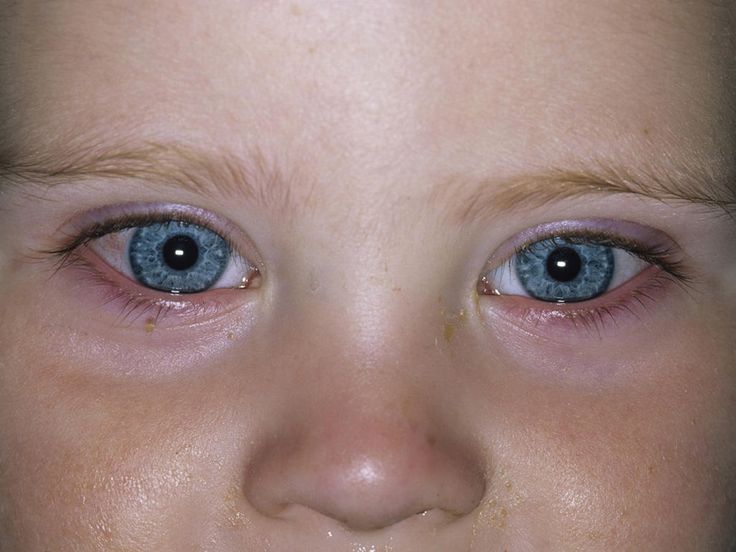 Some antibiotics are applied as an eye drop or ointment in the eye (topical). Other antibiotics are given by mouth (orally), through a vein (intravenous), or as a shot (intramuscular). Doctors may treat a newborn’s conjunctivitis with a combination of topical, and either oral, intravenous, or intramuscular antibiotics. Rinsing the newborn’s infected eye with a saline solution will remove any debris that may develop in response to the infection.
Some antibiotics are applied as an eye drop or ointment in the eye (topical). Other antibiotics are given by mouth (orally), through a vein (intravenous), or as a shot (intramuscular). Doctors may treat a newborn’s conjunctivitis with a combination of topical, and either oral, intravenous, or intramuscular antibiotics. Rinsing the newborn’s infected eye with a saline solution will remove any debris that may develop in response to the infection.
If a blocked tear duct causes conjunctivitis, a gentle, warm massage between the eye and nasal area may help. If the blocked tear duct does not clear by 1 year of age, the newborn may require surgery.
Treatments for the common causes of neonatal conjunctivitis are as follows:
- Inclusion (chlamydial) conjunctivitis
Doctors usually use oral antibiotics to treat inclusion conjunctivitis. - Gonococcal conjunctivitis
Doctors give intravenous (IV) or intramuscular (IM) antibiotics to treat gonococcal conjunctivitis. If untreated, the newborn could develop corneal ulcerations (open sores in the cornea) and blindness.
If untreated, the newborn could develop corneal ulcerations (open sores in the cornea) and blindness. - Chemical conjunctivitis
Since this type of conjunctivitis is caused by chemical irritation, treatment is usually not required. The newborn will usually get better in 24 to 36 hours. - Other bacterial and viral conjunctivitis
Doctors usually give antibiotic drops or ointments to treat conjunctivitis caused by other bacteria For both bacterial and viral conjunctivitis, a warm compress to the eye may relieve swelling and irritation. Be sure to wash hands before and after touching the infected eyes.
Eye diseases of newborns: causes and treatment
Every parent strives to protect his child from health problems. But no matter what efforts are made, it is impossible to completely protect the child from diseases. Some health problems are prevented by vaccination. But this does not apply to pathologies of the organs of vision.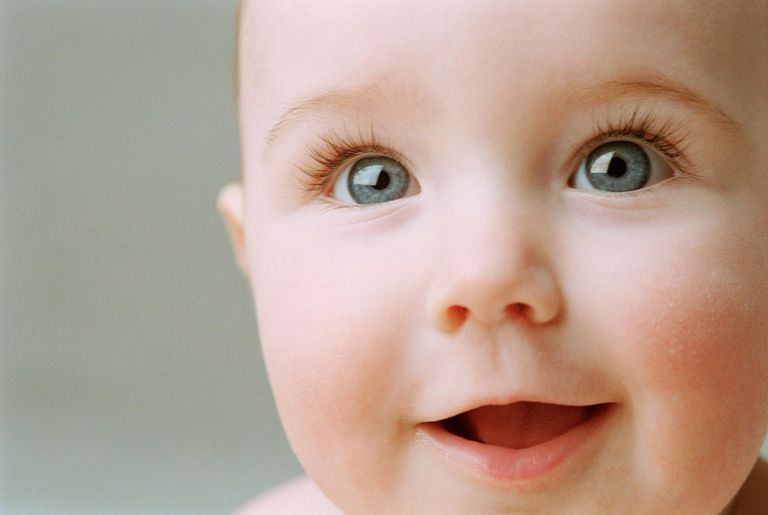 Eye diseases in newborns - let's figure it out together what we can do, and what only specialists can help with.
Eye diseases in newborns - let's figure it out together what we can do, and what only specialists can help with.
Eye diseases in newborns
Eye diseases in newborns are divided into two types:
- Congenital. These eye diseases occur even in the prenatal period and are provoked by various complications of pregnancy. The main reason is infectious and viral diseases carried by a pregnant woman. An infection that enters the body of a future mother is very dangerous for the baby. It is also worth mentioning that parents with myopia can transmit the pathology to the newborn. In this case, the probability of visual impairment in the child is approximately 50/50.
- Hereditary. Passed down genetically from parents, grandparents, and so on.
Symptoms and treatment of eye diseases:
Children's eye diseases cause a lot of trouble. Treatment takes time, resources, and the professional help of an ophthalmologist. Frequent eye diseases in newborns are:
- Conjunctivitis.
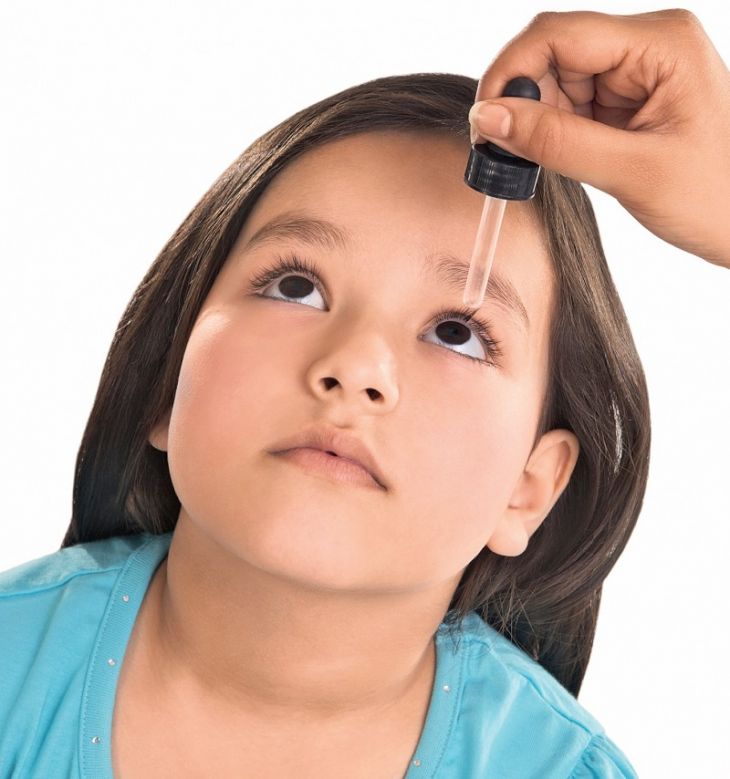 With this disease, inflammation of the conjunctiva occurs. This is a mucous membrane that covers the eye protein and eyelids with a thin layer from the inside. An ophthalmic disease occurs due to an irritant, allergy or infection. The peculiarity of conjunctivitis is that it is capable of affecting a healthy eye after a diseased eye. Symptoms - redness of the eyeballs, increased tearing and various discharges. Treat with antiviral and antibacterial drugs. Conjunctivitis in newborns requires urgent treatment. Treatment is prescribed after examination and consultation with an ophthalmologist.
With this disease, inflammation of the conjunctiva occurs. This is a mucous membrane that covers the eye protein and eyelids with a thin layer from the inside. An ophthalmic disease occurs due to an irritant, allergy or infection. The peculiarity of conjunctivitis is that it is capable of affecting a healthy eye after a diseased eye. Symptoms - redness of the eyeballs, increased tearing and various discharges. Treat with antiviral and antibacterial drugs. Conjunctivitis in newborns requires urgent treatment. Treatment is prescribed after examination and consultation with an ophthalmologist. - Halazion. Accompanied by blockage and inflammation of the meibomian glands of the eyelids. Often diagnosed in preschoolers and schoolchildren. It affects both the upper and lower eyelids. In some cases, both eyes are affected at once. Often a chalazion is a consequence of SARS, influenza or diabetes. But the most common cause is infection in the eyes due to contact with dirty hands. Medical care for chalazion is hygienic measures to restore the ducts of the glands and relieve inflammation.

- Barley. Occurs due to pathogenic bacteria such as Staphylococcus aureus. The infection provokes an inflammatory process in the eyelash follicle or sebaceous gland. Barley is typical for children of any age. Symptoms: swelling at the edge of the eyelid and redness, then from the 3rd day a white purulent top forms, which breaks through on the 5th-6th day and the process ends on its own.
- Congenital cataract - clouding of the lens. Depending on the size, opacities are divided into point, partial and complete. If a cataract impairs the visibility of the fundus, which implies a child's low vision in the future, the question is raised about removing the cataract and replacing the lens with an artificial one. In this case, the correct clear image will be formed on the retina, further stimulating the normal development of the eye.
Infant Eye Hygiene
Often discharge accumulates in the corners of the child's eyes after waking up. To remove, a cotton swab is wetted in boiled warm water. The movement is carried out from the outer corner to the inner.
The movement is carried out from the outer corner to the inner.
Make sure you have good lighting. Use combined lighting (electric and daylight). The best source of electrical lighting is incandescent lamps. It is important that during the development of color vision the child is surrounded by colored, bright things.
Zorik children's department specialists will select an individual program for your child. Now you do not have to travel abroad to receive quality assistance!
Eye diseases in newborns
Sometimes already in a newborn baby you can notice obvious problems with the eyes. Most often they appear as redness, swelling, tearing or other discharge (including purulent). The kid behaves restlessly, sleeps badly, tries to reach his eyes and rub.
Some other abnormalities, such as strabismus, are also visible to the naked eye. Given the extreme vulnerability of infants, if signs of eye disease appear, you should immediately contact a specialist. In this case, you should not rely on the opinion of a neonatologist or pediatrician, you need to consult a qualified ophthalmologist who can make an accurate diagnosis and prescribe the correct treatment.
In this case, you should not rely on the opinion of a neonatologist or pediatrician, you need to consult a qualified ophthalmologist who can make an accurate diagnosis and prescribe the correct treatment.
Intrauterine infections can also negatively affect eye health. Especially carefully you need to approach the issue of ophthalmic pathologies if your baby is premature or has a genetic predisposition to any diseases.
Dacryocystitis (obstruction of the tear ducts) in infants
Dacryocystitis is one of the most common diseases in newborns. It is due to the fact that the nasolacrimal duct is closed by a plug or film of embryonic tissue. Normally, it should depart shortly before or during birth, but in some cases this does not happen. Pathology can affect both one eye and both.
Parents notice mucopurulent discharge from one or both eyes. Often this disease is misdiagnosed as purulent conjunctivitis and treated unsuccessfully for a long time. Dacryocystitis is treated either with the help of complex conservative treatment, or in the absence of positive dynamics, probing of the lacrimal ducts is performed. Be sure to use antibiotic drops at all stages to prevent additional infection of the eye.
Dacryocystitis is treated either with the help of complex conservative treatment, or in the absence of positive dynamics, probing of the lacrimal ducts is performed. Be sure to use antibiotic drops at all stages to prevent additional infection of the eye.
Retinopathy of prematurity
This problem is related to the pathology of the retina and occurs only in preterm infants. In a special risk group are children born before 34 weeks or weighing less than 1.5 kg. The lower the weight, the more likely to face the disease.
Retinopathy is diagnosed already in the first weeks of life, usually in two eyes at once. There are two stages: active (lasts up to six months) and cicatricial. If you start treating on time, then the second part can be avoided, but you need to control the process almost all your life, because detachment can happen in adolescence or even later. Treatment for retinopathy in preterm infants usually involves surgery.
Birth injuries and other pathologies
Pathologies of this kind are congenital (associated with anomalies in the development of the eyes), or acquired (if forceps or caesarean section were used during childbirth).
